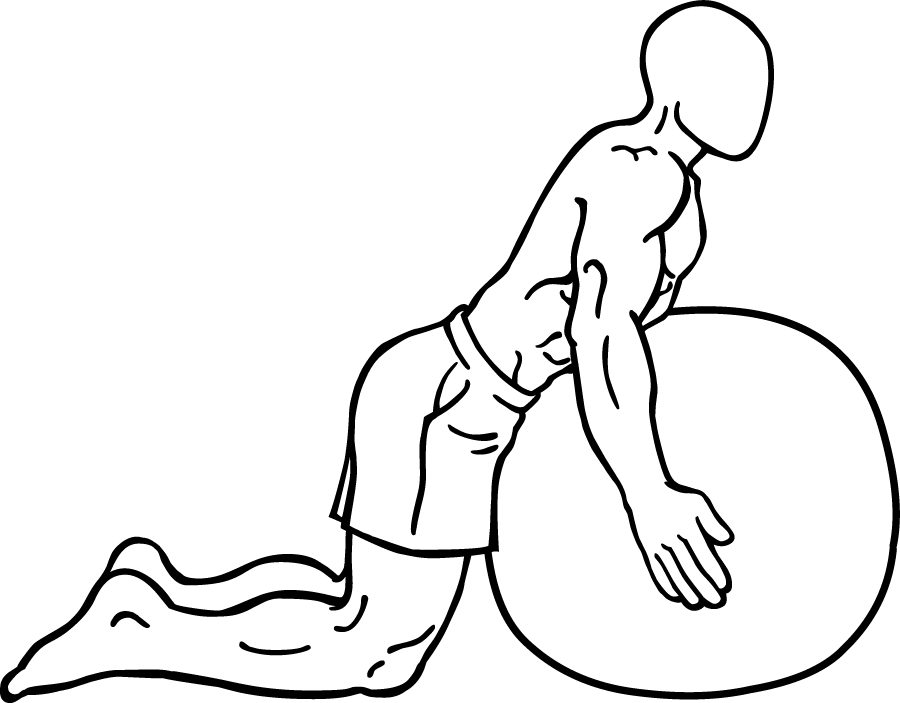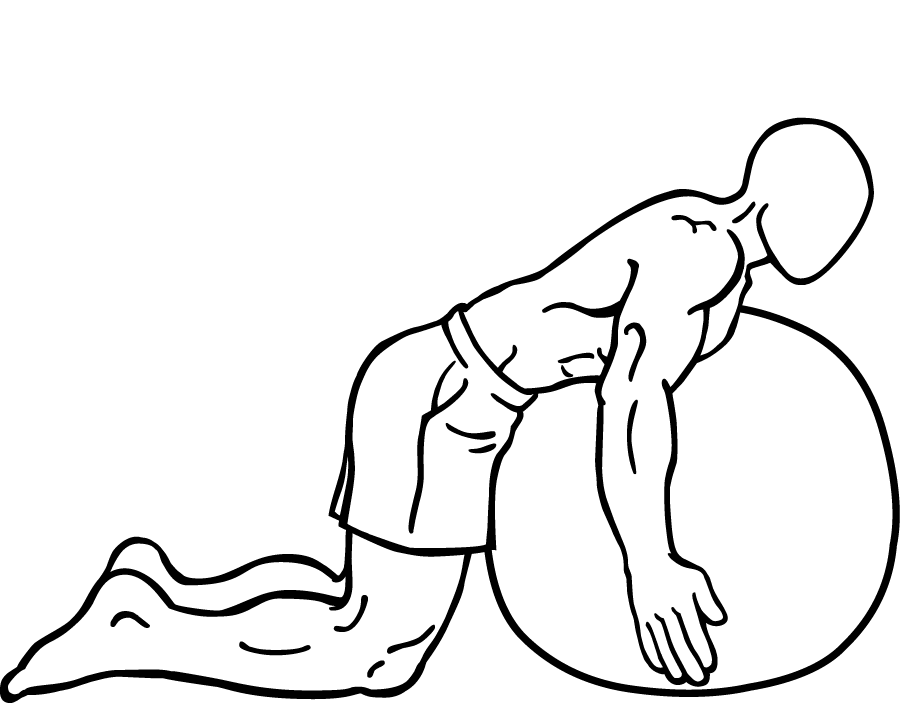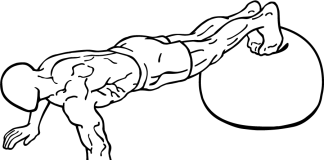Last Updated on September 30, 2022
The stability ball has emerged as a versatile and indispensable tool. Among the myriad exercises that can be performed with it, the back extension stands out for its effectiveness in strengthening the muscles of the back and core. This blog post will delve into the benefits, techniques, adaptations, and common mistakes associated with back extensions on a stability ball, providing you with a comprehensive understanding of this valuable exercise.
Benefits of Back Extensions on a Stability Ball
Back extensions on a stability ball offer numerous benefits that contribute to overall health and fitness:
- Targeted Strength Building: This exercise specifically targets the erector spinae muscles, which are crucial for maintaining good posture and preventing back pain. By strengthening these muscles, you equip your body to handle daily stresses, whether it’s sitting at a desk, lifting heavy objects, or engaging in athletic activities.
- Improved Core Stability: While the primary focus is on the spine, back extensions also engage other core muscles, such as the obliques and rectus abdominis. This leads to improved overall core stability, essential for balance and agility, and reduces the risk of injuries during physical activities.
- Functional Fitness: Back extensions mimic natural movements like leaning backward or standing up straight from a bent-over position. Training these movements enhances your ability to perform daily tasks safely and efficiently.
- Low-Impact & Adaptable: The exercise is low-impact, placing minimal stress on the joints, making it ideal for individuals recovering from injuries or those looking to minimize joint wear and tear. It is also adaptable; you can increase intensity by adding hand weights or changing arm positions.
- Enhanced Proprioception: The instability of the ball requires you to maintain balance, activating additional stabilizing muscles and training your proprioceptive system, which enhances balance and coordination.
- Versatility & Cost-Effective: Stability balls are inexpensive and versatile, allowing for a range of exercises to strengthen various body parts. They are widely available and offer great value for money.
- Improved Posture: In our digital age, poor posture has become a common issue. By strengthening the muscles responsible for maintaining an upright posture, back extensions on a stability ball can combat these issues, promoting better spinal alignment and overall posture.
How to Perform Back Extensions on a Stability Ball
To perform a back extension on a stability ball, follow these steps:
- Setup: Lie prone (on your stomach) on a stability ball with your toes firmly planted on the floor for balance. Your hips should be directly over the ball.
- Positioning: Place your hands across your chest or at your ears. Ensure your legs are extended behind you with feet placed firmly on the ground.
- Execution: Raise your chest off the ball, hyperextending your spine. Be careful not to overextend, as this can lead to injury. Your body should form a straight line from your head to your feet.
- Return: Slowly lower your chest back to the ball, maintaining control throughout the movement.
- Repetition: Repeat the movement for 8-15 reps, focusing on form and control rather than speed.
Adaptations and Variations
For those looking to modify the exercise or target additional muscle groups, consider these adaptations:
- Stability Ball Reverse Extensions: Lie face down with your stomach on the ball and both hands and feet on the floor. Walk yourself forward until your hips are over the ball, then lift both legs off the floor to form a straight line with your torso. Lower both legs slowly back to the floor.
- Cat-Cow Stretch: This exercise is beneficial for those with limited mobility. Kneel on the floor with hands under shoulders and knees under hips. Flex your spine upwards, hold, then arch your lower back, holding again.
- Supermans: Similar to floor back extensions but with arms extended overhead, lifting both chest and legs off the floor simultaneously.
Common Mistakes to Avoid
To maximize the benefits and minimize injury risk, avoid these common mistakes:
- Hyperextending the Back: Overarching your back past a straight line can lead to injury. Focus on maintaining a neutral spine throughout the movement.
- Using Excessive Weight: If incorporating weights, choose a load that challenges you but allows for proper form. Performing the exercise with too much weight can strain smaller muscles and lead to overuse injuries.
- Relying on Momentum: Perform the exercise slowly and with control. Avoid swinging your body, as this reduces the resistance on your muscles and lowers the training effect.
Back extensions on a stability ball are a powerful exercise for improving back and core strength, posture, and overall functional fitness. Whether you’re an athlete, a desk-bound professional, or someone looking to enhance their health, incorporating this exercise into your routine can yield substantial benefits. Remember, proper form is essential, so start with controlled reps and gradually increase intensity as you become more comfortable. Embrace the versatility and effectiveness of the stability ball, and enjoy the improvements in your strength, stability, and posture.


Exercise images by Everkinetic.





